The GET BIG Series is all about helping dedicated gym rats become bigger, stronger, and more muscular.
Thus far in our series, we’ve dialed in on the chest, back, and legs.
Today’s continuation of the Get Big series brings us to a muscle group that’s often neglected by many lifters, yet plays a huge part in the appearance of your upper body -- SHOULDERS.
Shoulders are involved in every upper body exercise.
They’re also the most mobile and unstable joints in the body. Therefore, it’s absolutely essential to strengthen all aspects of the shoulder, ensuring you have a strong, healthy, and stable joint.
With that said, let’s get to work!
Get Big Shoulders Training Tips
Emphasize the Rear Delts
When it comes to building a pair of boulder shoulders, most lifters tend to focus on the overhead press and follow it up with a serving of side laterals.
And, while these movements help lay the foundation for a head-turning set of delts, if you really want your delts to pop and have that oh-so-desirable 3-D look, you need to focus on the rear delts.
Not only does training the rear delts improve aesthetics and posture, but it also helps support shoulder health by strengthening the rear delts so there is no gross imbalance between the front and back sides of the shoulder.
One of our favorite exercises for building bigger, stronger rear delts are chest-supported rear delt swings with dumbbells for high reps.
Pick a weight that you can perform 12-15 reps and then perform 50 total reps. Obviously you won’t be able to complete all 50 reps in one go.
That’s ok.
Use rest-pause until you complete all 50 reps.
No setting the dumbbells down and no coming off of the bench until all 50 reps are complete.
Try Incline Lateral Raises
The dumbbell lateral raise is a staple exercise in just about every shoulder training program you’ll encounter. The reason for this is that the lateral raise is a great isolation exercise to hammer the side delts.
Unfortunately, many lifters cheat on the exercise and/or struggle to develop a strong mind-muscle connection.
Enter the incline lateral raise.
It's virtually impossible to cheat on this exercise, unlike the standing lateral raise.
As an added bonus, the incline lateral raise also places the resistance in line with the muscle fibers of the side delts. Traditional standing lateral raises place the range of motion in the scapular plane, which is good for shoulder health, but also involves the front delts (thereby reducing some of the tension on the side delt fibers).
Moreover, since the resistance is more in line with the middle delt, you're essentially forced to bring the dumbbells directly out to the side of your body, making it a perfect exercise to smash the side delts.
Stop “Locking Down” the Scapula on Delt Raises
One of the most common things you’ll hear from trainers is that you should “lock down” the scapula whenever you’re doing some kind of shoulder lateral (be it side or rear laterals). The thinking behind “locking the scapula down” is that it helps isolate the shoulder muscles to a greater extent and “deactivates” the traps.
However, when performing any type of lateral raise, you do NOT want to lock your scapula down as you take away the ability of the traps and rhomboids to help stabilize the scapula during the exercise.
This eventually can lead to movement dysfunction and poor motor patterns.
When doing lateral raises, the scapula needs to be allowed to rotate upward. Intentionally preventing this from occurring will lead to less work being done by the delts and setting your shoulders on the road to problemsville, USA down the line.
Basically, when performing a lateral raise, focus on moving your arms out to the side, leading with the elbows, and making the delts do the work. You don’t need to focus on locking down the scapula or deactivating the traps.
You Need Variety
You’ve probably been told that in order to get big delts, you need to do tons of heavy overhead presses.
But, here’s the thing, overhead presses involve more muscles than just the anterior delts, they also involve the upper chest and triceps.
Furthermore, the anterior delts are also heavily involved in all other pressing patterns -- flat bench, incline bench, decline bench, push ups, dips, etc.
What we’re getting at here is that the reason your shoulders seem small isn’t likely due to the fact that you’re not getting in enough pressing work. If you’re like most lifters, then you already are.
If you’ve already been doing tons of pressing, and your delts are still lagging they maybe a lightbulb should go off tell you that heavy overhead presses aren’t enough to grow big 3-D delts.
You need to take a more targeted approach to delt training and use a variety of exercises that emphasize each of the three heads.
In addition to your overhead pressing, you also should be including exercises that “target” the middle and rear delts.
Form Over Ego
If you want to grow the shoulders (or any muscle group for that matter), then you need to make sure your execution of the movement (exercise form) is on point and you’re actually imposing tension on the target muscles.
Remember, the shoulders are a relatively small muscle group, especially compared to the likes of the lats, quads, and pecs.
What this means is that if your form is all janky, and you’re heaving, hoeing, and thrusting the weights to and fro during your workouts, your delts aren’t getting worked as effectively as you think they are. This inevitably leads to poor results (and frustration) from your training, not to mention increasing the likelihood of injury.
If you’re finding that you need to heave the weights up and use significant body English to get the weight up, check your ego and dial the weights back a bit. While your pride may take a slight hit, the gains your shoulders will make from actually doing the work will be more than enough to boost it back up.
Get Big Shoulders Workout
As with all the other previous entries in the Get BIG series (Chest, Legs, & Back), we have split your weekly shoulder training into two separate workouts.
This allows for an overall higher quality of work in each session, which means more gains over the long haul.
Since this is a shoulders specialization program, you may want to consider scaling back the training volume and intensity for your other major muscle groups so that your body has more resources that it can devote to repairing and growing the shoulders.
Here are the workouts:
|
Shoulder Workout A |
Sets |
Reps |
|
Rear Delt Laterals* |
3 |
10 / 10 / 10 |
|
Incline Side Laterals |
3 |
12 |
|
Seated Overhead Press |
3 |
8-10 |
|
Band Pull Aparts (rest-pause) |
1* |
100 |
*Note: perform a double drop set
|
Shoulder Workout B |
Sets |
Reps |
|
Cable Rear Delt Flys |
3 |
12-15 |
|
Cable Side Laterals (1.5-reps) |
3 |
10-12 |
|
1-Arm Overhead Press |
3 |
8-10 |
|
DB Rear Delt Row w/ Supination |
2 |
12-15 |


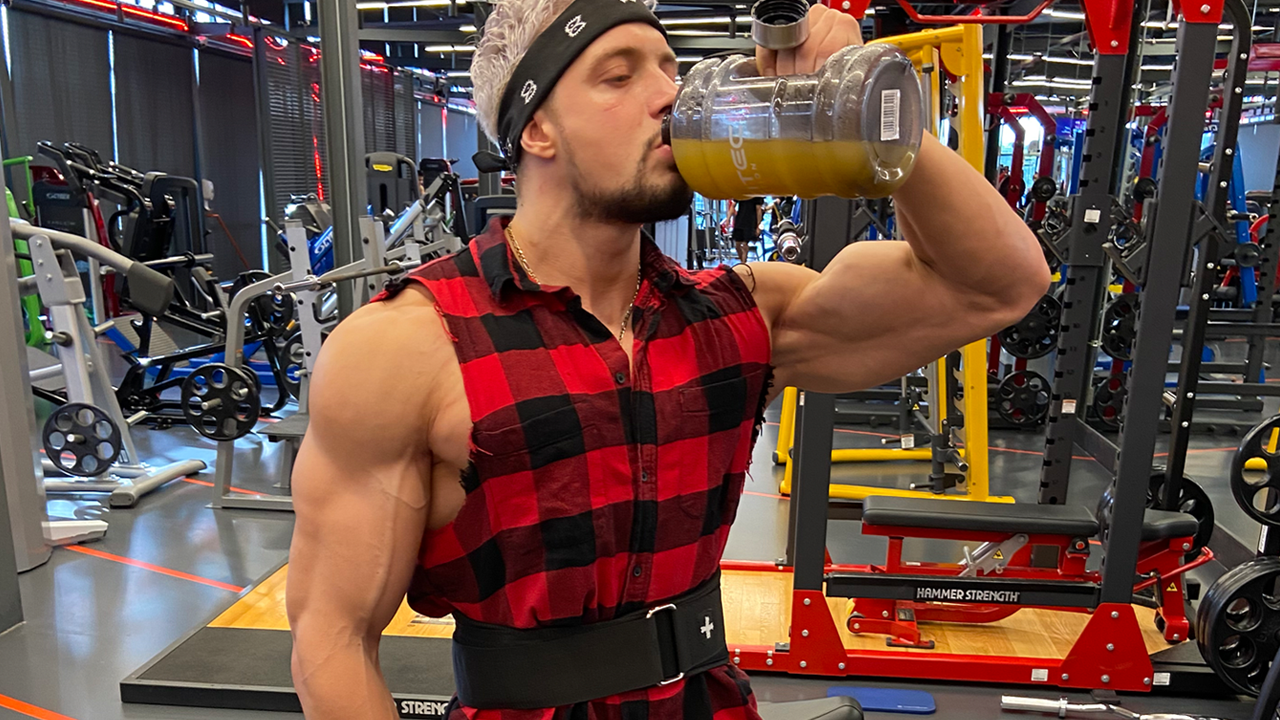






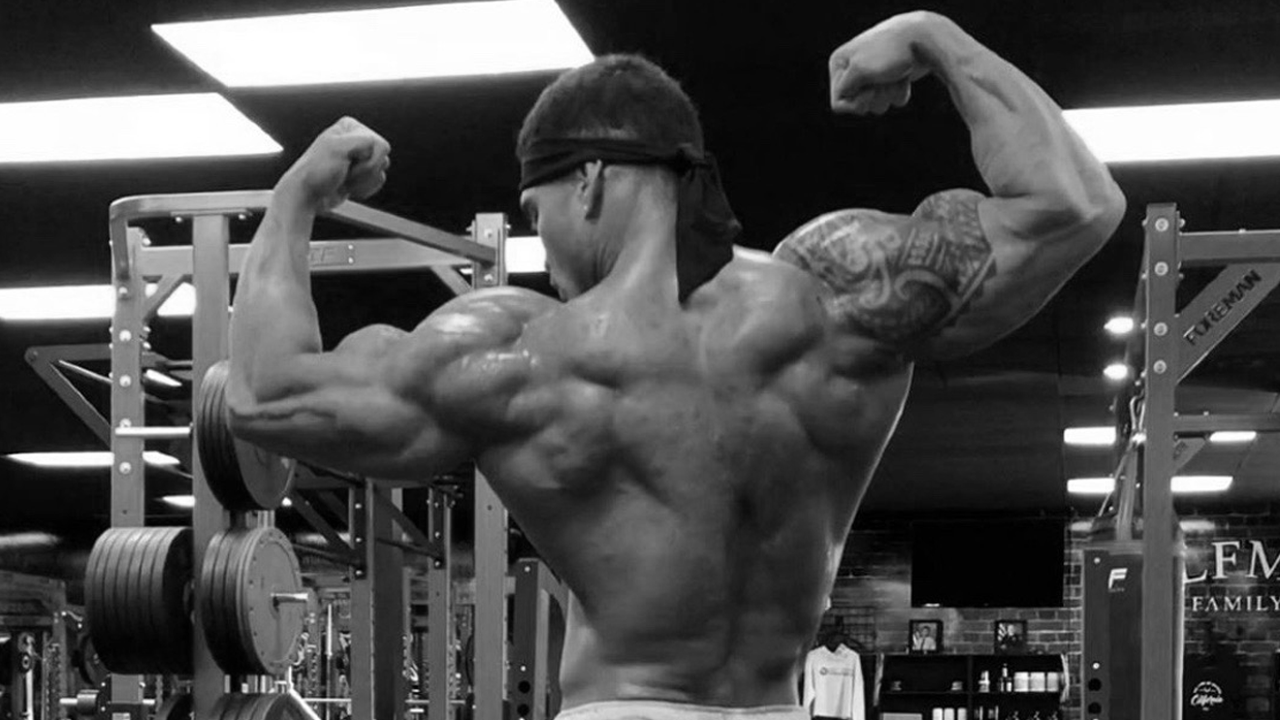
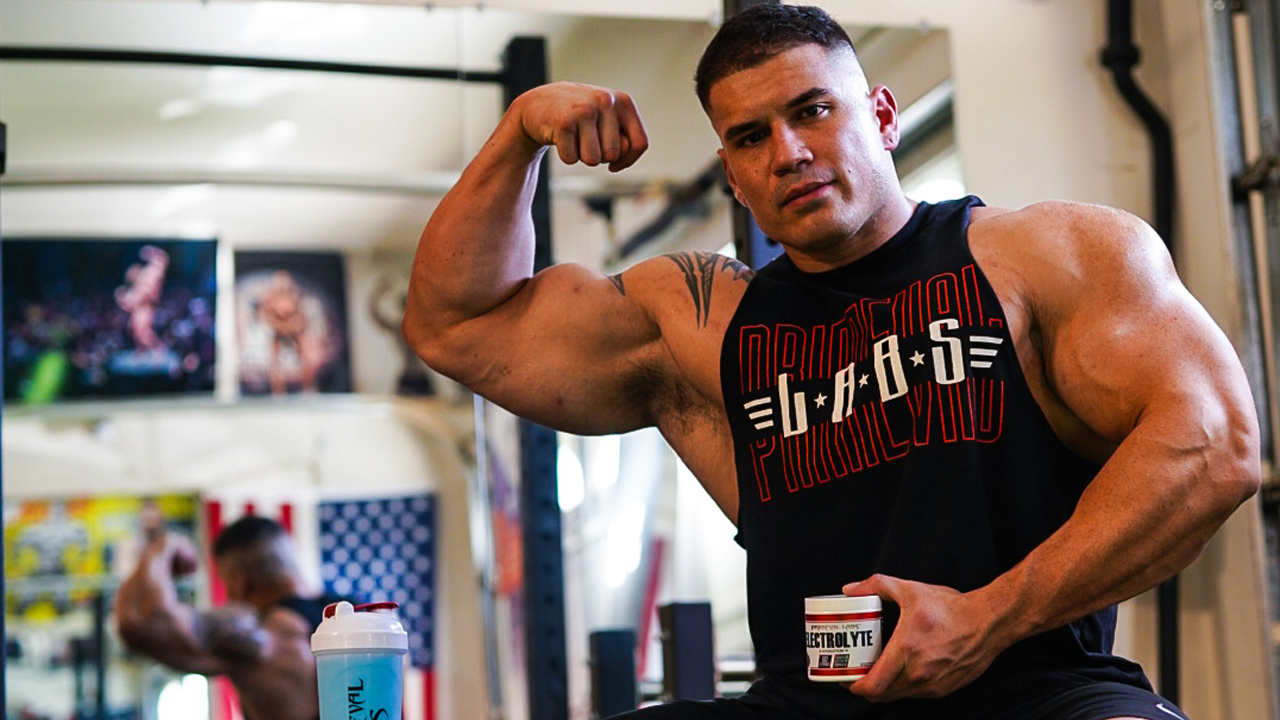
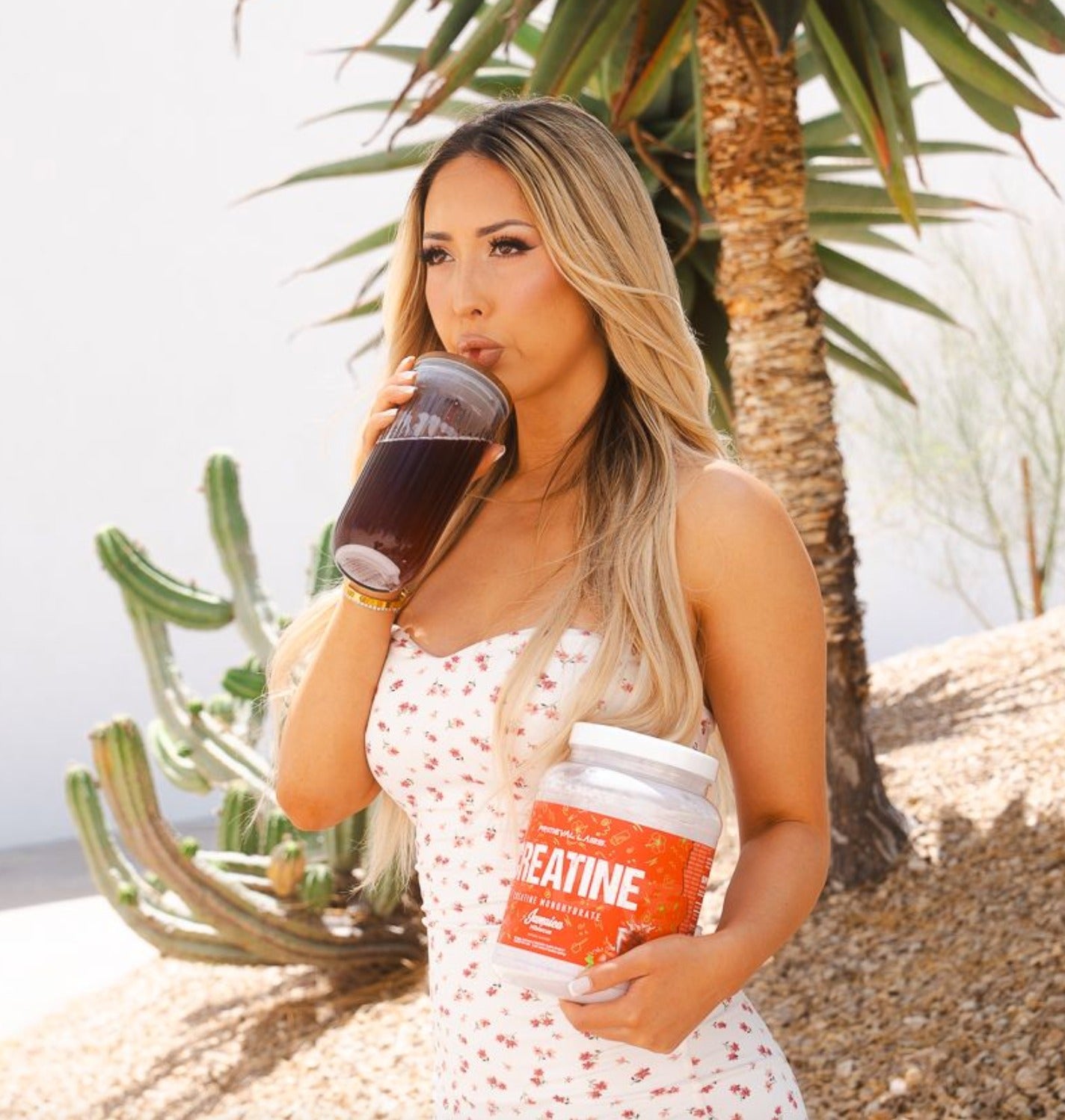
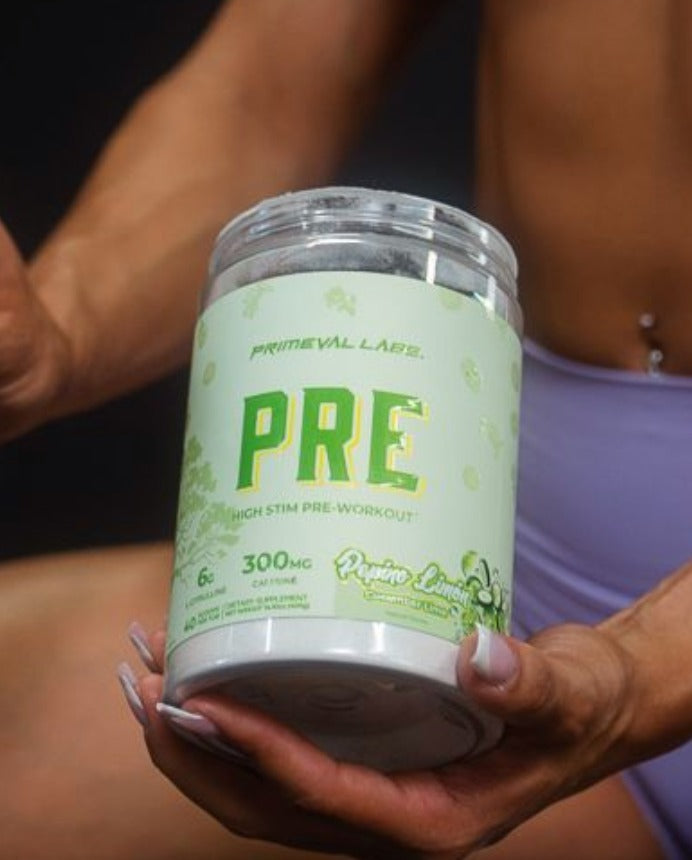
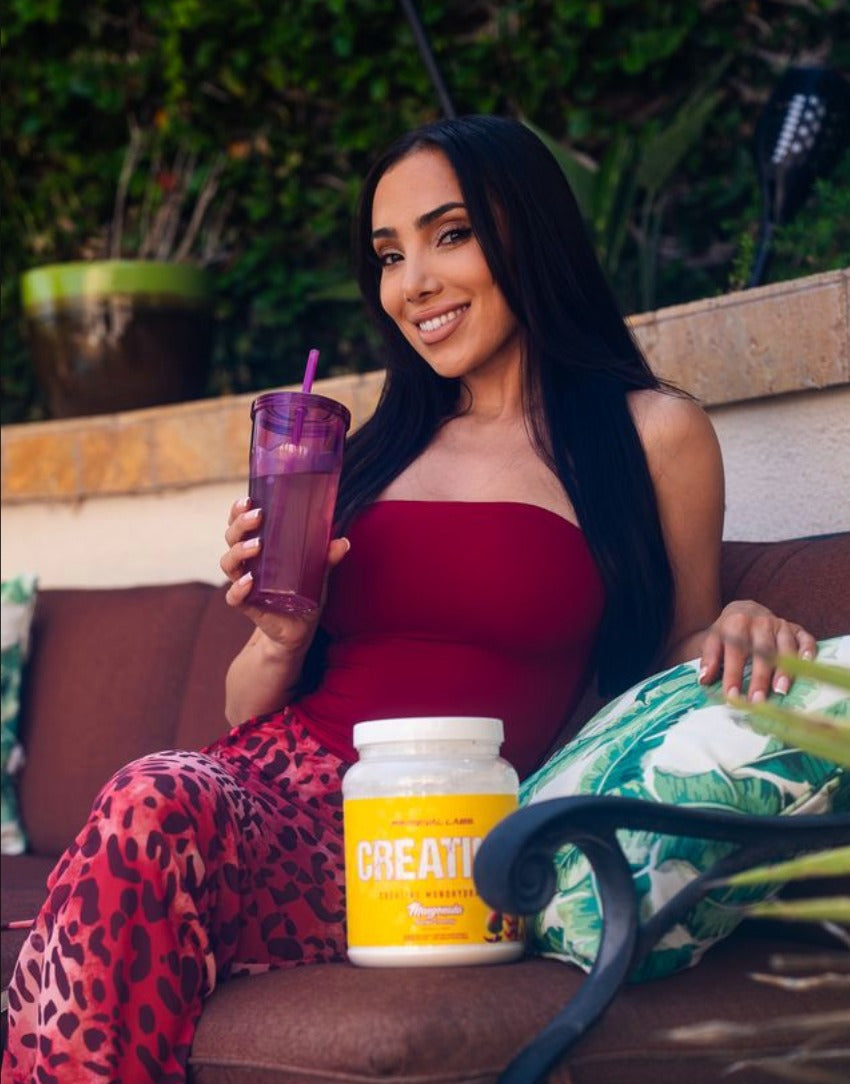
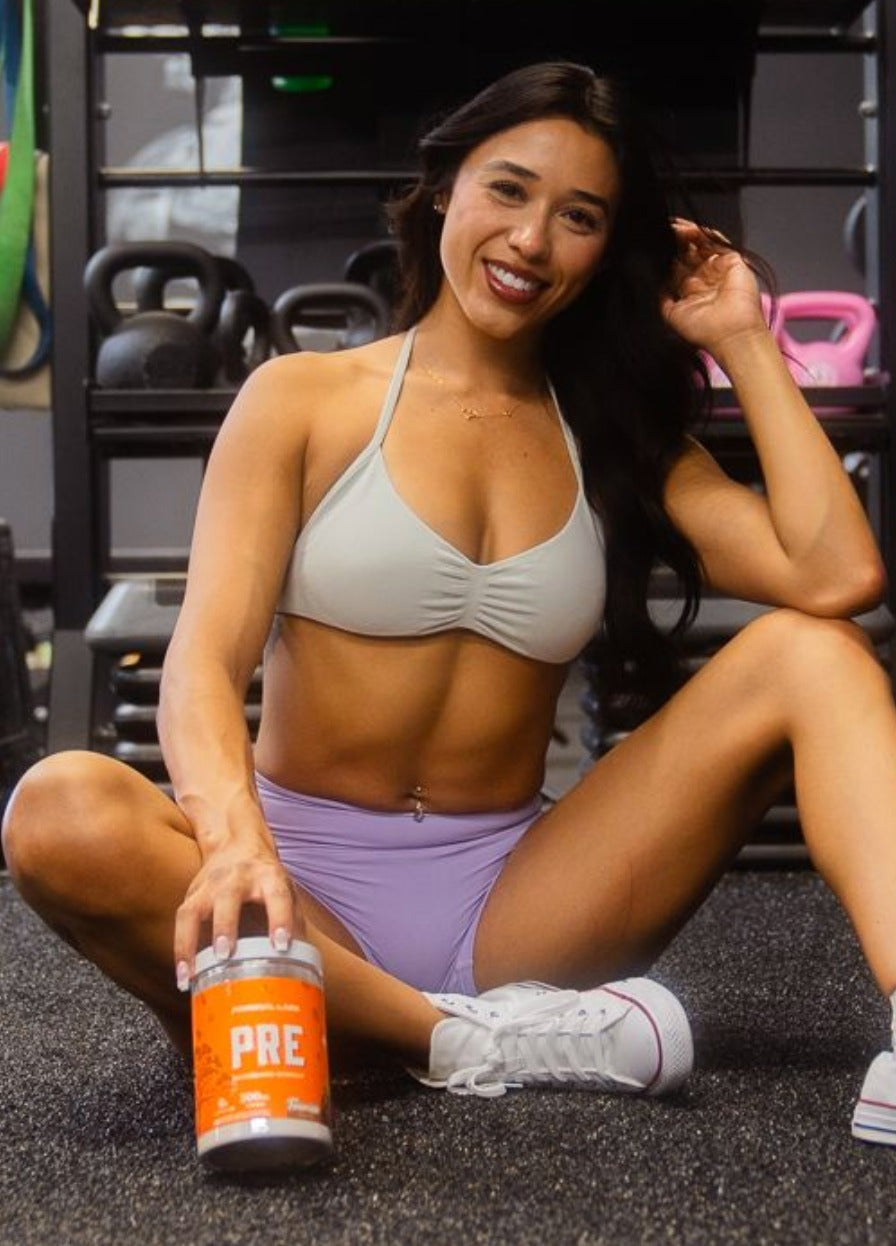
Leave a comment
This site is protected by hCaptcha and the hCaptcha Privacy Policy and Terms of Service apply.